Eleocharis Dulcis (Chinese Water Chestnut)
Eleocharis dulcis is a type of swamp plant belonging to the family of Cyperaceae. This is also known as Chinese water chestnut. This plant grows widely in Polynesia, India and South-East Asia. It is not a nut and the bulbs that grow underneath the stem are eaten. The round shaped small sized corms of the plant can be cooked, grilled, boiled or even eaten raw.
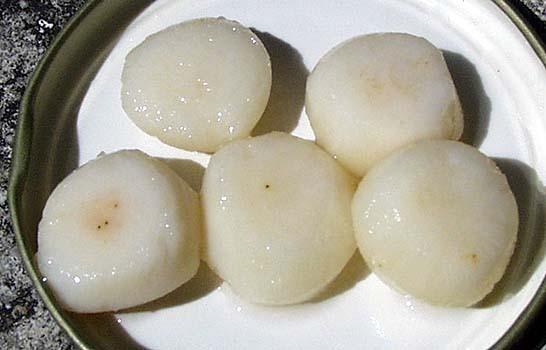
Eleocharis Dulcis (Chinese Water Chestnut)
Table Of Content
Eleocharis dulcis Common Name
The plant is commonly known as Chinese water chestnut.
Eleocharis dulcis Description
These are annual plants that remain leafless throughout the year. The corms or the bulbs growing under the stem remain edible.
Size: The plant grows up to a height of 1.5 meter. The underground stems or rhizome-like edible tubers grow up to 10 mm in diameter.
Shape: The tubers are small and round in shape.
Color: The tubers or the bulb shaped stems are commonly dark brown in color.
Picture 1 – Chinese water chestnut
Taste: These vegetables are a bit sweet and crunchy. They tend to leave a bitter aftertaste when eaten raw. When freshly taken out from water they taste very much like fresh coconut. Boiled Chinese water chestnuts have a nuttier taste. They have a mild flavor.
Eleocharis dulcis Distribution
This vegetable is native to Asian regions of India, Polynesia, China and Japan. Presently it is commercially cultivated in Hong Kong, Hawaii, Japan, Philippines and southern parts of USA. Previously the plant was significantly found in Fiji but now it has become nearly extinct in there due to extensive use.
Eleocharis dulcis Other Names
The plant bears different names in various parts of the world:
- Indonesian names: Chikai, Dekang
- Philippine names: Ap Buslig, Sibosibolasan, Nilaga, Kalangub, Potok,
- Chinese names: Wu-yu, Pi’t’si, O-yu, Peci, Mati, Po-tsai
- French name: Chigne d’eau
- Spanish name: Cabezas de negrito
- Hong Kong names: Pipi-wai, Kohekohe
- Japanese name: O-kuroguwai
Eleocharis dulcis Cultivation
These perennial plants are usually grown from the rhizomes that are dug deep into the soil. The leaves turn yellow during autumn when the bulbs form at the end of the plant stems. Soil temperature should be somewhere between 14 to 15.5°C. Rich clay soil is good for the plant’s growth.
The tubers are harvested during July or after a spell of winter chill. These are marsh plants and grow best in watery lands. They need 220 frost-free days to thrive. The tubers become full-grown in approximately 7 to 8 months.
Picture 2 – Chinese water chestnut Photo
The crops are harvested when the stems turn brown.
Eleocharis dulcis Health Benefits
By including this vegetable in our daily life we can gain several health benefits:
- Water chestnut is regarded as a traditional medicine for treating illnesses in various parts of Asia.
- They are good dietary supplements as they do not have fat, cholesterol and gluten composition.
- People having nut allergies can eat these vegetables without having to worry any nut-related allergies.
- When taken during monsoon season they act as a protective shield against coughs.
- They possess detoxifying properties which is good for the health.
Eleocharis dulcis Nutritional Value
Fat composition is almost zero in these vegetables. Given below is the nutritional value in a 100 gram serving of the substance:
| Calcium | 11.000 mg |
| Magnesium | 22.000 mg |
| Water | 73.460 g |
| Total Folate | 16.000 mcg |
| Folate (food) | 16.000 mcg |
| Energy | 406.000 kj |
| Total lipid (fat) | 0.100 g |
| Carbohydrate | 23.940 g |
| Dietary Fiber | 3.000 g |
| Total sugar | 4.800 g |
| Sodium | 14.000 mg |
| Vitamin C | 4.000 mg |
| Vitamin B-6 | 0.328 mg |
| Vitamin E (alpha-tocopherol) | 1.200 mg |
| Vitamin K (phylloquinone) | 0.300 mcg |
| Total Choline | 36.200 mg |
| Saturated fatty acids 16:0 | 0.016 g |
| Saturated fatty acids 18:0 | 0.004 g |
| Saturated fatty acids 14:0 | 0.001 g |
| Saturated fatty acids 12:0 | 0.003 g |
| Saturated fatty acids 10:0 | 0.001 g |
| Iron | 0.060 mg |
| Selenium | 0.700 mcg |
| Polyunsaturated fatty acids 18:3 undifferentiated | 0.010 g |
| Fatty acids, total polyunsaturated | 0.043 g |
| Polyunsaturated fatty acids 18:2 undifferentiated | 0.032 g |
| Ash | 0.100 g |
| Zinc | 0.500 mg |
| Copper | 0.326 mg |
| Riboflavin | 0.200 mg |
| Pantothenic acid | 0.479 mg |
| Niacin | 1.000 mg |
| Fatty acids, total saturated | 0.026 g |
| Folate, DFE | 16.000 mcg |
| Potassium | 584.000 mg |
| Phosphorus | 63.000 mg |
| Manganese | 0.326 mg |
| Thiamin | 0.140 mg |
| Fatty acids, total monounsaturated | 0.002 g |
| Energy | 97.000 kcal |
| Monounsaturated fatty acids 18:1 undifferentiated | 0.001 g |
| Monounsaturated fatty acids 16:1 undifferentiated | 0.001 g |
Eleocharis dulcis Uses
These plants are edible and widely used as medicinal supplement. These plants are very useful in nature and come with minimum side effects.
Edible Uses:
- The vegetable is widely used in China to prepare chop suey.
- The tubers are grounded and the powder is used to make chestnut cakes.
- They can be eaten raw.
Medicinal Uses:
- This plant reduces hernia, amenorrhoea, abdominal pain and liver problems.
- People suffering from cystitis and painful ailments like urinary tract infections can have a cup of soup prepared with water chestnut to prevent aggravating symptoms.
- Extracted juice of the tuber prevents indigestion and nausea.
Eleocharis dulcis Edibility
These vegetables should be repeatedly washed before taken for cooking or eating. Damaged and fermented water chestnuts should be discarded. Soft or brown patches forming on them and all lines of dirt should be cleaned. They can be boiled and eaten. They are added in salads, pastas and tossed vegetable dishes. The raw form is a sweet delicacy.
Eleocharis dulcis During Pregnancy
There is no information available on whether there are any side effects or positive impact of this vegetable for a pregnant woman. People having allergic tendencies to any of the nutrients of this vegetable are advised to check with a doctor before consuming this tuber to prevent any kind of infection or complication.
Eleocharis dulcis Side Effects
These tubers are found to have minimum side effects. Nominal allergies and sensitivity towards this plant has been reported. Some of them are:
- People suffering from cereal allergies should be aware of the fact that water chestnuts are cereals and they should check their sensitivity towards this vegetable before consuming.
- These vegetables contain fructose and people allergic or sensitive to fructose must avoid.
- People who start feeling itchy, nauseating, and suffocative must completely avoid these tubers.
Eleocharis dulcis Interesting Facts
Here are a few interesting facts about these plants:
- They are cultivated commercially in many parts of the world.
- They are often used to form the base of sweetened beverages and syrups used in desserts.
- There is another plant by the name of Trapa bicornis which is also known as water chestnut but is not related to Eleocharis dulcis.
- In a year USA imports approximately $40 million worth canned or semi-preserved water chestnuts from Asia.
Eleocharis dulcis is a widely used vegetable that is known for cooking as well as medicinal uses. Breads, noodles and cakes are made out of water chestnut powders. Modern day lifestyles largely benefit from this low-fat high nutrition food item.
Reference:
https://www.cabidigitallibrary.org/doi/10.1079/cabicompendium.20694=
http://en.wikipedia.org/wiki/Eleocharis_dulcis
https://eresources.nlb.gov.sg/infopedia/articles/SIP_940_2005-02-03.html
http://www.tititudorancea.com/z/nutrition_facts_eleocharis_dulcis_waterchestnuts_chinese.htm
- by admin
- March 30th 2012

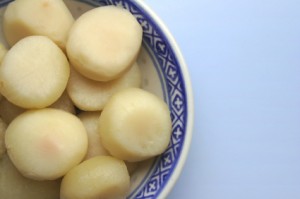
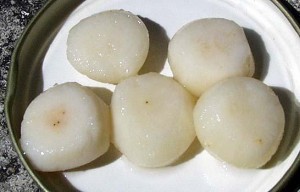
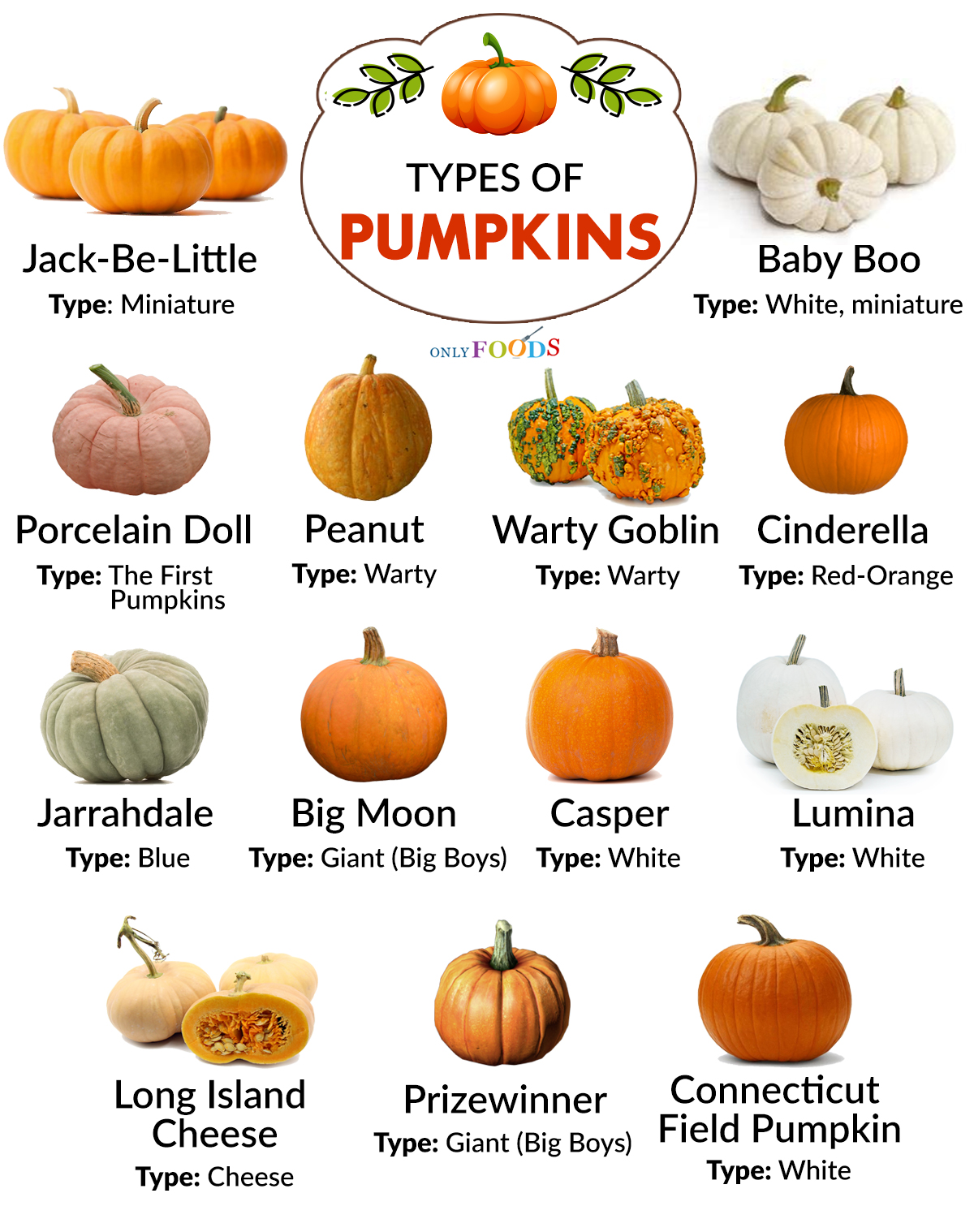
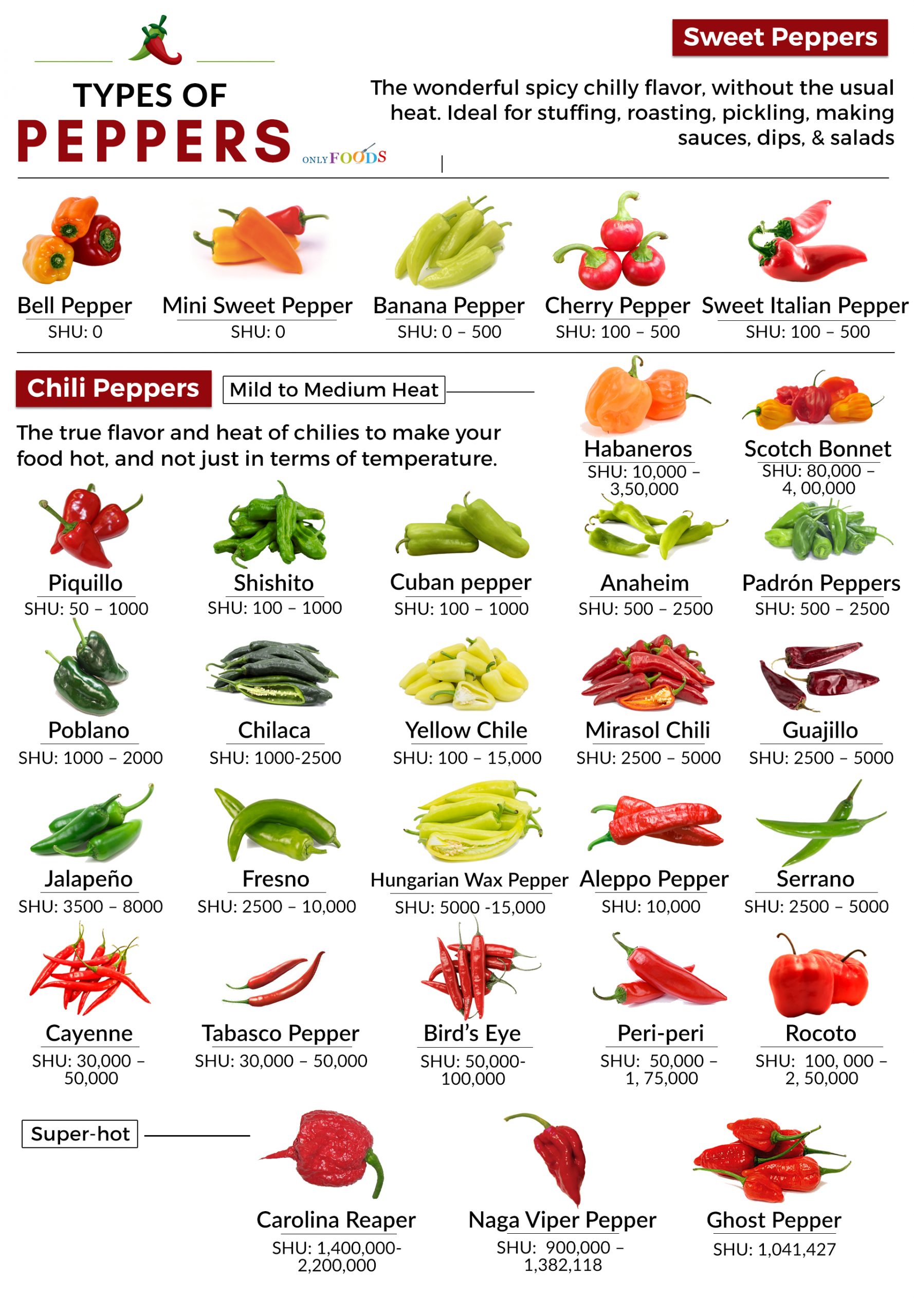
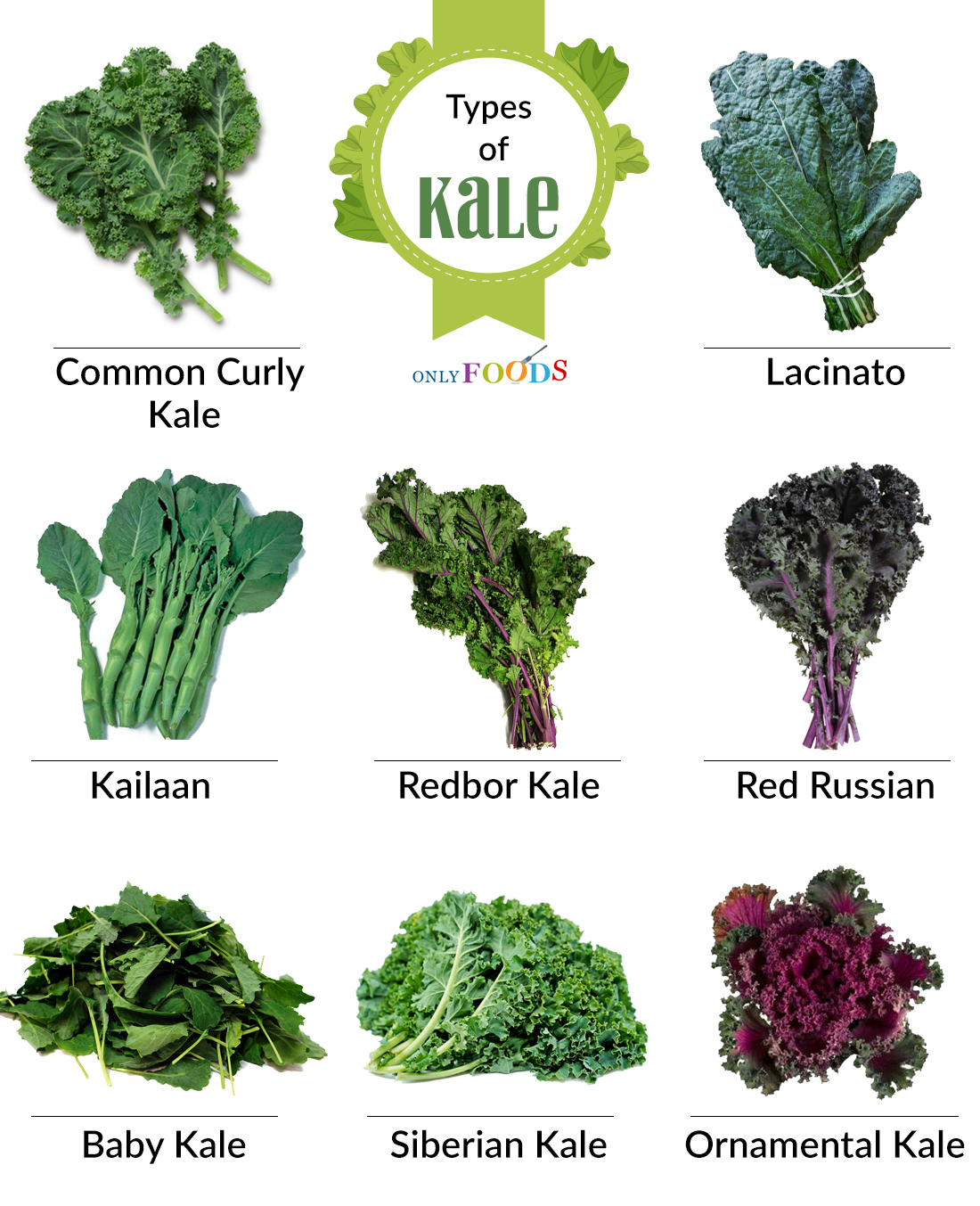
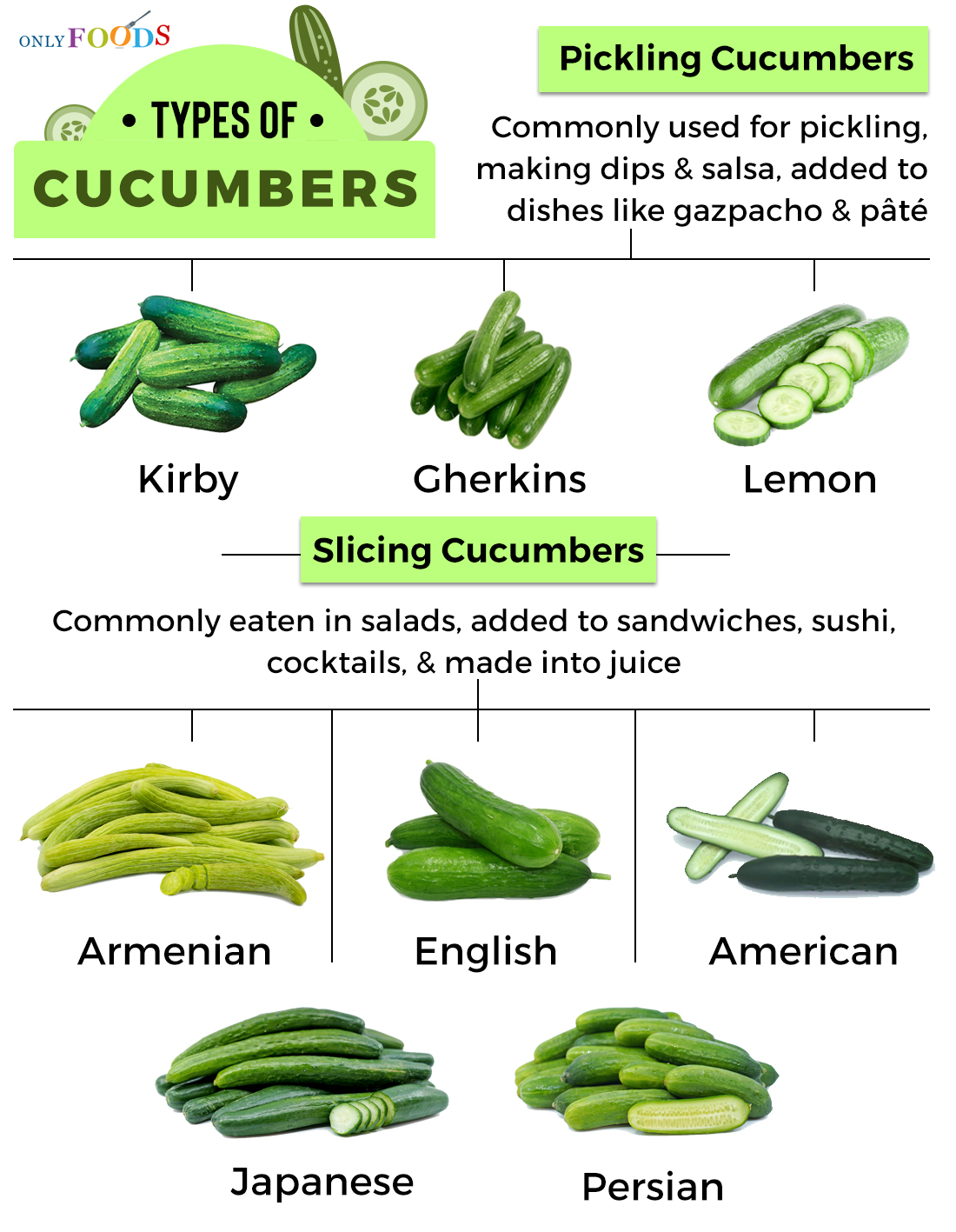

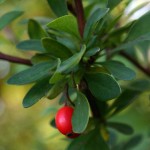
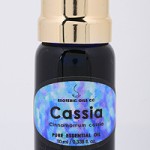
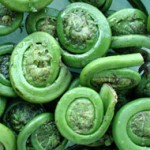
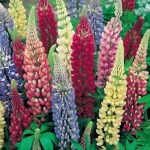
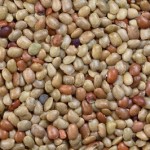
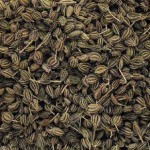

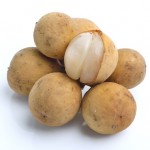
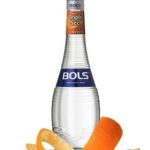
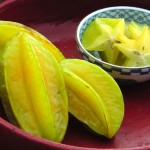
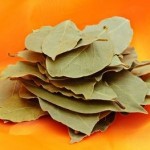
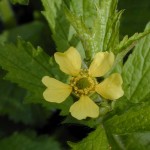
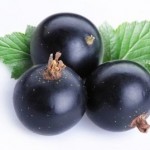
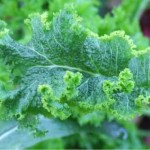
Leave a Reply